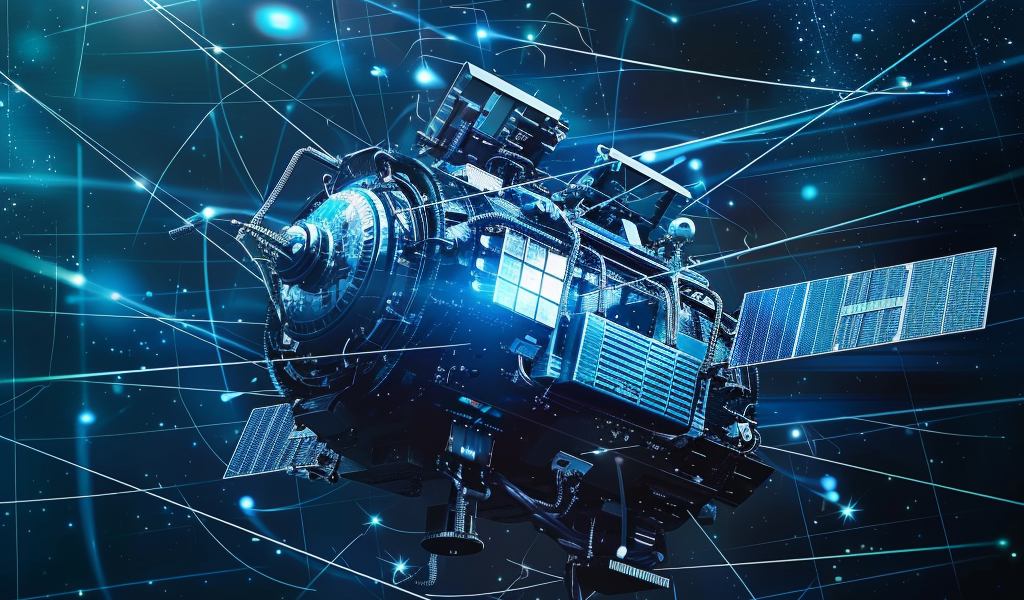In a recent report, the use of artificial intelligence (AI) in analyzing satellite photos has been highlighted. The concept of AI assisting in sorting through vast amounts of data is not new, with roots tracing back to the 1950s.
One of the early AI models, the Perceptron, was developed by psychologist Frank Rosenblatt in 1957. This machine, inspired by the human brain, aimed to automatically identify objects of interest in images captured by spy planes and satellites. However, due to limitations in computing power, storage, and training data at the time, the experiment did not yield the desired results.
Over the years, spy agencies have utilized machine learning to analyze images and text during the Cold War era and later to identify patterns in massive amounts of phone records post-9/11. While advancements in algorithms and computing capabilities have improved the efficiency of these models, most agencies still view AI as a tool to support human decision-making rather than a replacement.
Recently, large language models (LLMs) like GPT-4 have emerged as successors to the Perceptron, challenging the traditional notion that AI is merely an assistant. These advanced models are pushing boundaries and raising questions about the extent to which AI can autonomously handle complex tasks.
The evolution of AI in the realm of intelligence analysis continues to intrigue experts and policymakers. While the debate on the role of AI in national security and surveillance persists, it is evident that AI technologies are becoming increasingly sophisticated and capable of independent decision-making.





